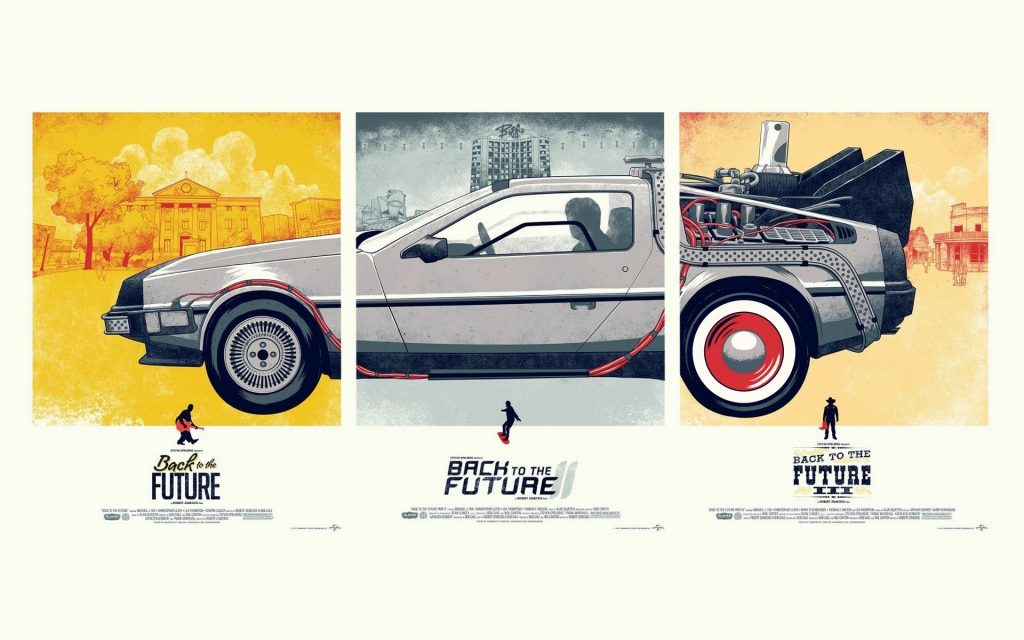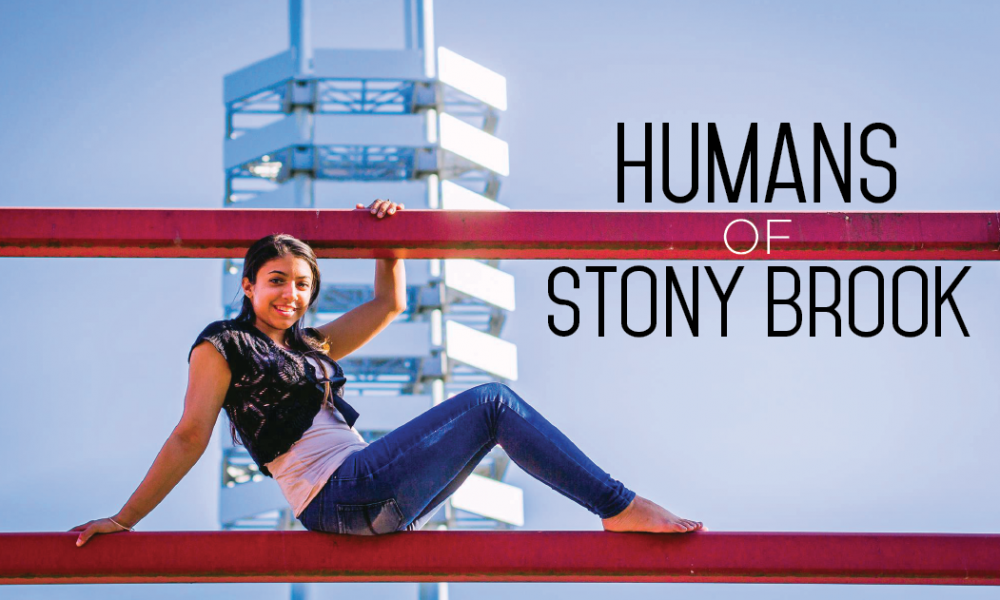You’ve probably seen it before. Scrolling through your Facebook feed, you see the console of Doc Brown’s DeLorean from Back to the Future with the dials turned to today’s date along with comments along the lines of “omg, it’s the day they went back 2 da futr lol.” And every time, it was a sham. In Back to the Future II, Marty McFly and Doc Brown saved the day on October 21 in the distant year of 2015. In the first film, the duo traveled back to November 5, 1955.
Now while I’m too young to have seen the Back to the Future trilogy on release, I did grow up enjoying them, along with the rest of the 1980’s blockbusters like Raiders of the Lost Ark and The Empire Strikes Back. But my true nostalgia for the series was not cemented until I was here at Stony Brook, when November 5 became a date I would mark on my calendar yearly.
The Science Fiction Forum, if you’ve never visited their library in the Union basement, is a great place to hang out, read and watch any number of science fiction and fantasy movies from their large movie collection. And it’s on November 5 each year that the members of the club gather to watch a back-to-back marathon of Back to the Future I-III (And V for Vendetta, another film where November 5 is a key date).
The first time I sat through one of these marathons was the first time I truly took in how great these movies were, and why they’ve had such an impact on our pop-culture subconscious.
The Back to the Future movies are about their likeable characters above all.
Christopher Lloyd’s delivery as the eccentric genius Doc Brown is equal parts endearing and side splittingly hilarious. You totally accept who this off-the-wall character is, and Doc Brown’s style of outlandishness is the kind of character acting that only someone like Lloyd could have pulled off.
Marty McFly is a similar caricature of a 1980’s cool kid, and his distinctive lingo and catchphrases help thoroughly endear the character to the viewer. You want to see Marty succeed in beating his tormentor, Biff, and you’re upset to find what a schlub he’s become by 2015. Michael J. Fox played the perfect underdog.
Speaking of character, the visual of Doc Brown’s decked-out, time-traveling DeLorean lent just as much to the movies’ charm as its living co-stars. It’s laughable now to think of the boxy, chrome-plated machine as looking futuristic, and despite that I’ve seen probably only three functioning DeLoreans in my life, all of them owned by Back to the Future super-fans, it still holds a sacred place amongst nerds and movie buffs as one of film and TV’s most iconic vessels alongside the Millenium Falcon, U.S.S. Enterprise or the TARDIS.
While all three of the movies are veritable classics, I’m of the opinion that Back to the Future II was the best of the series. When McFly and Brown arrived on the scene in 2015, hoverboards and truly 3-Dimensional movies were a daily reality. By the time we all got to 2015 via the dismally slow-paced method of living out our natural lives, we found that the only hoverboards were majorly expensive and that not even Tony Hawk could make them look fun to ride. While 3D movies have been ubiquitous for years now, the need for bulky glasses, and the motion sickness and eye strain that affects some moviegoers, keep the experience from being the mindblowing spectacles that the giant holographic advertisement for JAWS 19 mislead 1989’s moviegoers into believing they would be.
But with technologies like virtual reality goggles and live holograms being perfected, it turns out that our 2015 isn’t too far off from Back to the Future’s. And it’s not too unreasonable to hope that some of the crazier advances displayed in the second movie will have decent enough analogues in the next few years.




Comments are closed.